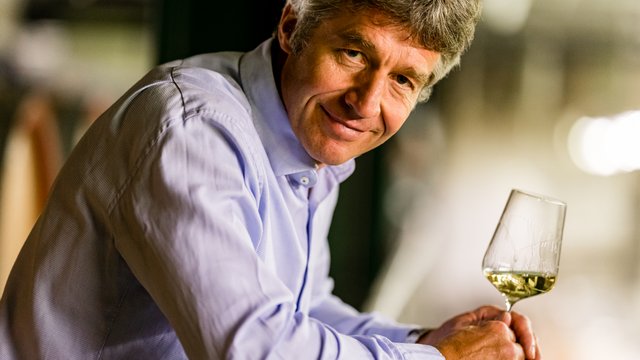Reichestal
Total area: 53 hectares
Weingut Künstler 8.5 hectares
Vineyard
The name “Reichestal” (Rich Valley) refers not just to the especially fertile soil conditions but also indirectly to the unique, very warm microclimate in the valley. The sandy loam-loess soil above a clay marl substrate warms up rapidly, promoting both early vine blooming and consequently a long ripening period. Spätburgunder cultivated on this top site is known for exceptional aging potential as well as extraordinary body, concentration and a smooth, silky structure.
Wine: Beauty and Silk
Thanks to the loam-loess, the vines are very well supplied with vast amounts of minerals and water. This ensures that the grapes benefit from the warmth of long autumn days and a long ripening period that stretches until late October — ideal conditions for substantial Spätburgunder wines rich in extract with intense fruit aromas. The low calcium carbonate content of the topsoil gives these wines a crisp and pleasant acidity. Once matured, wines grown here at the confluence of the Main and Rhine rivers are on par with those of Burgundy itself.
Soil
The substrate is comprised of sediments shifted during the Tertiary period: calcium-rich silty marls, gravel and debris. It was covered by wind-borne dust during the Ice Age. Approx. 500,000 years ago the loess migrated down the slopes, mixing with the gravel of the old terraces of the Main River. As a period of warming set in around 12,000 years ago, the loess decalcified and weathered, producing brown loam-loess. Portions of the area were subjected to the 'Rigolen' method of double-digging followed by deep ploughing. As a result, the soils now include old gravel, sediments from the Tertiary sea and smaller, much younger gravel from the Main River. Since the last round of Rigole trenching, the soil has developed a humus-enriched topsoil that has turned its coloration dark brown.

